 loading
loading
featuresFirst-person stories: in the classroom"One professor stated that I . . . would not know about bridge building, since I had never had an Erector Set." These stories were written by women responding to our request for memories of their experiences as the first female undergrads at Yale. See other stories on these topics: In the Colleges, Gratitude, Yale Administration, May Day, and Yale Men. You’ll see that some writers’ names are asterisked. These women submitted their stories also to the Written History Project, founded by the 50th Anniversary Committee so that all alumnae of the time can contribute to the history of coeducation at Yale College. (There’s also an Oral History Project and an Archives Project.) And finally: we invite all readers to send their letters and reactions—including stories of their own experiences of breaking boundaries at Yale—to editor@yalealumnimagazine.com. ________________________________________________________________ Kathleen Virginia “Kit” McClure ’73 (graduated ’75) I chose a music major for myself in 1969. I was already a working musician. At the end of the academic year my music professor told me he would pass me with a “D” if I agreed to leave the music department. I agreed, and chose a biology major instead with a pre-med track. Right after I left the music department, a different music professor approached me on the street, saying that I should have transferred into his classes instead, since he and others in the music department were aware that I was a working musician, and he and others in the music department would have been glad to work with me. He made me feel much better about myself, and about being at Yale, for this kindness. I had already chosen my class schedule, however, for the upcoming year. I had a biology research project that I was keen to pursue, and someone directed me to Dr. Boell. Dr. Boell took me seriously, and gave me access to his lab in Kline Biology Tower, including animals to use in my experiments. After spending the year on my experiments, I had a result that I needed help interpreting. Dr. Boell set up an appointment for me with a woman senior professor at Rockefeller University, a specialist in this area. It was inspiring to meet her, and she helped me understand my results. I am grateful to her and to Dr. Boell. After my junior year, the dean pointed out that it was time to apply to medical schools. I then took a leave from Yale and worked in New Haven as a musician and as a school bus driver. In 1975, a summer school semester was offered. I enrolled and finished my BA in music, as the professor who had asked me to leave the department was on sabbatical. I have been a working musician ever since.
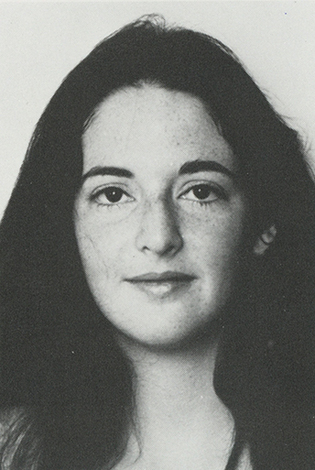 View full imageAlexis Krasilovsky ’71 There were no courses in feminism and the arts at Yale back then. The tutorial that I managed to set up with Lenore Weitzman, Sociology of the Woman Artist, was pivotal for me. It included keeping a daily journal about the sexism I faced at Yale, which is now part of Beinecke Library’s collection and influenced the writing of my first novel, Sex and the Cyborg Goddess, which also includes the sexual liberation movement, May Day, the Bobby Seale trial, the Vietnam War protests, and Yale's labor strike. Weitzman, a graduate student in sociology who went on to a prestigious academic career at Harvard, really opened my mind to the realities of what women were facing in a male-dominated field, but also encouraged me to go forward.
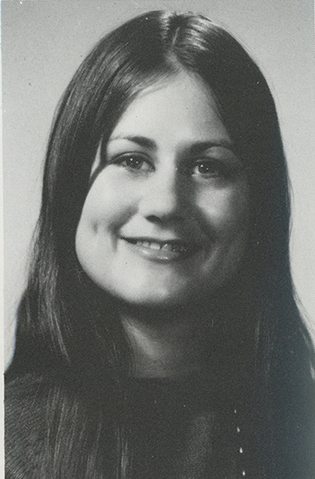 View full imageDeborah Kaback ’71 I am honored to be part of the first coed class to have graduated from Yale. I transferred from Vassar, where students said little in class, to Yale, where sometimes I felt the male students talked too much. The first time I raised my hand to speak in a philosophy class, the professor flinched. As a five-foot-three woman, I am not that scary. My best classes were The French Novel, with the head of the French department, and two Calhoun masters seminars, one with Master R. W. B. Lewis and the other by David Milch [’66]. It was a turbulent time—the start of coeducation and all the political activity taking place at Yale and in the rest of the country. The social interaction was affected adversely by the fact that there were so few female students. It caused a lot of male students to ignore us because they thought there would be too much competition.
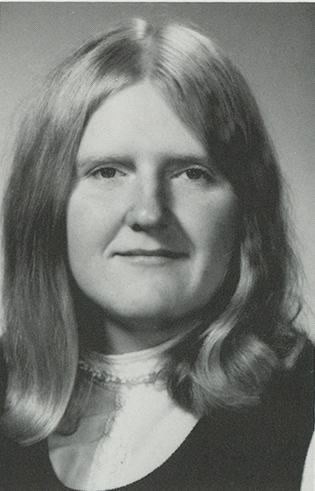 View full imagePatricia Pearl O’Rourke ’71 Yale was a spectacular experience—great friends, great times, and an amazing education. But here are a few anecdotes: I transferred to Yale as a junior with plans for medical school. During the first week, I met with my new biology adviser to review and get approval for the semester’s courses. He asked what I wanted to do with a biology degree, to which I responded, “medical school.” Upon hearing this, he sat back in his chair, closed my folder and said: “Women make fine teachers—you will need your summers off.” I went to medical school. Three female students were invited to a local (New Haven) Yale alumni dinner meeting. We each were asked to describe the courses we were taking and our long-term plans. My course list included organic chemistry and physics—all for medical school. One alum asked me how many women were taking organic chemistry. When I answered, “Three,” he responded that this was a perfect example of why Yale should not have gone coed, explaining that it made no sense to have a course for only three students. When I responded that there were 150 in the class, his response was “You cannot tell me that women take the same organic chemistry as the men.” We did. There were two women in my physics class (with a total of 80 in the class). In the first weeks, the professor would stop several times during the lecture to ask us if we were keeping up and if we had any questions. We split up and sat on opposite sides of the room—and alas, he still searched us out.
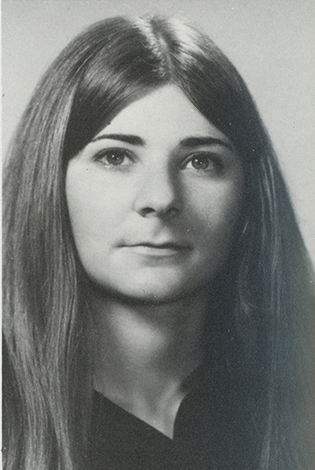 View full imageRosann Greenspan ’71 Most professors had little experience with female students. At first their discomfort manifested in treating us either as incapable of the same intellectual gymnastics as male students or as having abnormally male-like brains—possibly not really women at all!
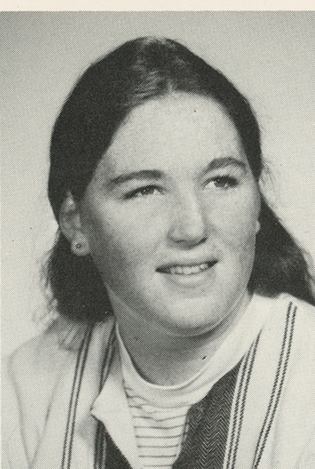 View full imageSarah (Sally) Birdsall ’72 * We were not welcomed with completely open arms. One professor stated that I, the only girl in the class, would not know about bridge building since I had never had an Erector Set (true, but I did play with my brother’s). And another professor, well-known and much beloved, declared on day one of his class that he had better not see or hear any knitting needles during his lecture (a common occurrence back at Mt. Holyoke). Yale was not a welcoming place in 1969. The larger culture still had not caught on to the concept that an institution could be warm, welcoming, and, yes, even motherly. Hazing newcomers was acceptable across the American spectrum. No wonder that life for us few girls was so intimidating.
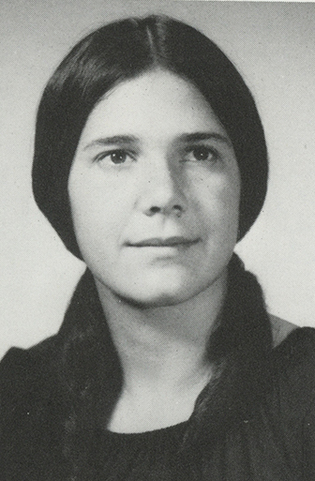 View full imageSusan Ellen Waisbren ’71 * Although well read, I found myself ill prepared for the graduate literary criticism class. The professor mentioned Cole Porter. I raised my hand and asked, “What’s Cold Porter?” The tall, serious professor was at first incredulous, but then broke into, “You’re the Top!” loud and clear and perfectly in tune. Although totally embarrassed, I was in love with Yale for the first time.
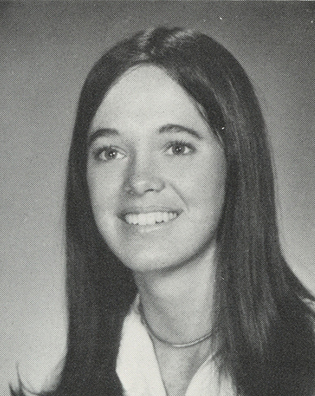 View full imageSandy Ferguson Fuller ’73 * I was the only woman in three of my selected seminars, primarily involving upperclassmen. Intimidating for this Colorado Kid. I found the most comfortable balance in large lecture halls, but of course these sessions weren’t as rewarding. So I learned quickly how to cope with being a coed, and to enjoy it! In my tenure at Yale, I experienced one unfortunate incident with a professor who bargained with me for favors to secure a higher grade. He will remain unnamed and is deceased. I didn’t report anything (which I regret now), accepted the lower grade, and the event passed. But I’ve never forgotten it. Another mark on the learning curve.
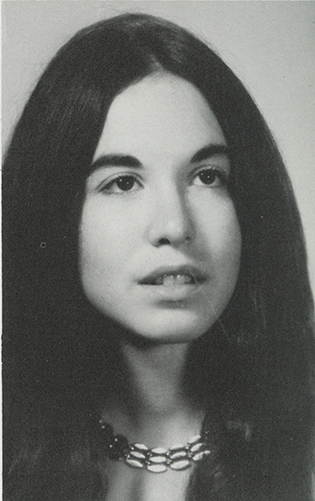 View full imageCatherine J. Ross ’71, ’77PhD, ’87JD In most of the public settings in which I’ve reminisced about my Yale undergraduate years I’ve focused on some oddities of social interactions (too few women friends), teachers who could have benefited from the “Me Too” years, and so forth. Two examples: (i) the math professor in a seminar who consistently singled me out to ask, “Do you understand, Miss Ross?” and (ii) in a film class with only two women, the professor asked me to take notes of each session as we worked on a documentary; I responded that I could not type, and that I was sure some of the nice young men in the class could serve that role. But I should underscore that my undergraduate years were, as the song puts it, “with pleasure rife,” among “the gladdest years of [my] life.” Yale transformed my educational and professional life. I transferred from a small women’s college, where I had read work by several Yale historians (including John Morton Blum, who would become my dissertation adviser), and suddenly I was a history major studying with extraordinary scholars and teachers. As I came to understand how faculty members spent their time—attentive teachers all pursuing knowledge and spreading it—the idea of entering a PhD program appealed to me for the first time. My department held us to a high standard for prose, which I have built upon. After several zigs and zags I am now a law professor, a profession in which good writing and history both come into play, especially in constitutional law. In addition, as a professional, whether as a litigator or professor, I am never cowed by being the only woman in a meeting—such were the numbers at Yale in my time—and this has served me well. None of us, however, imagined that some 50 years out women would still be struggling to be treated seriously, compensated fairly (see the champion women soccer players— Megan Rapinoe and her teammates, among others), and to balance work, love, and family.
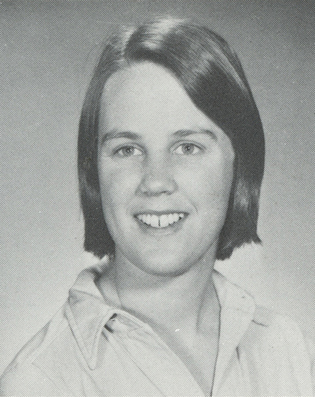 View full imageLouisa Smith Mygatt ’73 * I wrote my senior history paper on James Boswell. When I got it back, the grader's note was that he could not give it an honors grade because he didn't believe a woman could understand a man enough to write an honors paper. I was upset, but didn't see it for the blatant sexism it was until a few years later. Surely that experience was one of many aspects of my Yale experience and the changing times that made me into an ardent feminist and fortified me for my years in law school and at a law firm which had over 200 men and 12 women when I started there.
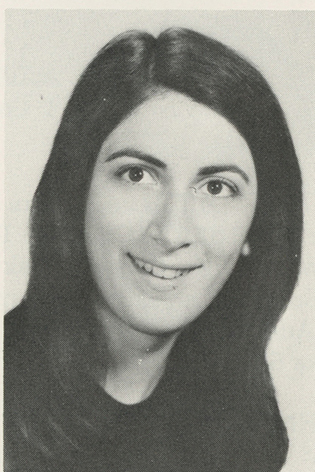 View full imageSarah Shapiro '72 I served on Elga Wasserman's Women's Advisory Council, so I was attuned to the issues women were reporting in classrooms—being the sole female and being either singled out or ignored. However, I never in three years had that sort of experience. Part of that might be that there were four students majoring in my department, two of each gender. Most of my classes were in the graduate school, so the classes were maybe even more females than males. But even in normal undergrad classes, French or English or psychology, or especially smaller classes in philosophy, I never felt any difference as a female, even when I was the only one. However, in Symbolic Logic, I was the only student who had not taken calculus. I decided to drop the course for second semester, since the work was just getting beyond my capability. I went to thank Professor Fitch for the honor it had been to study with him. He was quite horrified to learn I was not taking his course for the Spring semester. He told me that he had come out of emeritus status just to teach girls, and I was his only girl. He urged me to register for second semester, promising me that he would provide the help I would need—which he did, by giving me a study partner, a senior in my college. When that male student, the smartest guy in the class by far, was unable to solve one of the five questions on the final, the professor disallowed that question. Of the remaining four, Fitch decided that I had shown enough work even without coming to a solution for two of them, so that I passed the course. So I did end up getting special treatment for being female, but I might not have had I ever taken a calculus course.
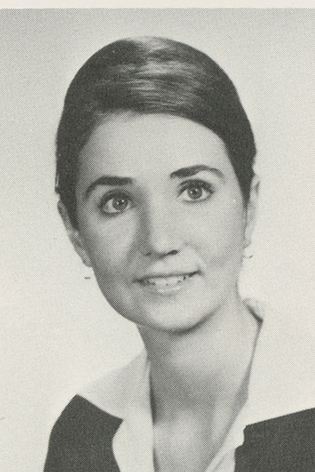 View full imageAlyse (Otvos) Baker ’72 In the first year of coeducation, I took Physiological Psychology, Psych 35b, taught by Jay Braun. Although I had received the biology prize in high school, I had never taken chemistry or physics. Another professor would have discouraged me from taking the class; but I explained to Mr. Braun why the course mattered to me, and he decided to give me the chance I sought. Needless to say, I struggled. But when tutoring by a graduate student only increased my confusion, Mr. Braun tutored me himself. I used every bit of resolve and determination my OCD personality could muster to absorb information. I never skipped a class, never skimped on any assignments, and sat in the front row to take thorough notes on Mr. Braun’s lectures. He was a delight as a professor—knowledgeable, enthusiastic, good-humored, and brilliantly lucid. Partway through the semester, Mr. Braun offered us a chance to do an extra-credit project. After considerable thought, I got a ride home over spring break to collect inch-thick particle board, glue, grout, glass tiles, a hand tool to cut the tiles, and a medical textbook. My project was a detailed mosaic of the human brain, life-sized and fashioned from colored glass fragments. On the back was a carefully labeled diagram of the brain. It took all of break for me to design and execute the project. As class reassembled after break, I submitted my project to Mr. Braun and returned to my chair. A variety of reactions could be read in his face as he studied the object in his hands: surprise, confusion, humor, admiration. Then, to my embarrassment, he held the mosaic brain aloft and said, “I suppose this is what happens when women enter Yale.” The men hooted, while I maintained a low profile in my seat; but the project earned a very decent grade. Some years later, I wrote to Mr. Braun, by then a professor at Arizona State, to thank him again for his patience, encouragement, and boost along my chosen path. His course had provided a solid foundation for my subsequent work at Yale, at graduate school at the University of Michigan, and in my career as a speech-language pathologist. Mr. Braun replied that my mosaic brain had hung in every office he had occupied and accompanied him to many undergraduate classes to share with other students. When he retired, he shipped the mosaic brain to me with a letter explaining that he thought my “A+ class project” should be “part of [my] legacy” to pass to my own children. On the outside of the shipping carton, he wrote, “Returning your homework.”
Vicki Hammond ’72 All my professors treated me with respect, and I was given remarkable support and encouragement in my painting and drawing classes. Drawing and painting classes with Bernard Chaet were what I loved most at Yale. He was a terrific teacher for anyone who wanted to fully engage in a creative process, because he could look at work intellectually yet also communicate the sensory and emotional qualities needed to make it great. Topping it off, I could easily view outstanding work by people who’d devoted their lives to art, both in the Yale University Art Gallery and the vast art library across the street. It was all very, very compelling.
The comment period has expired.
|
|